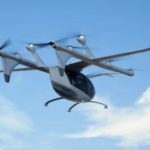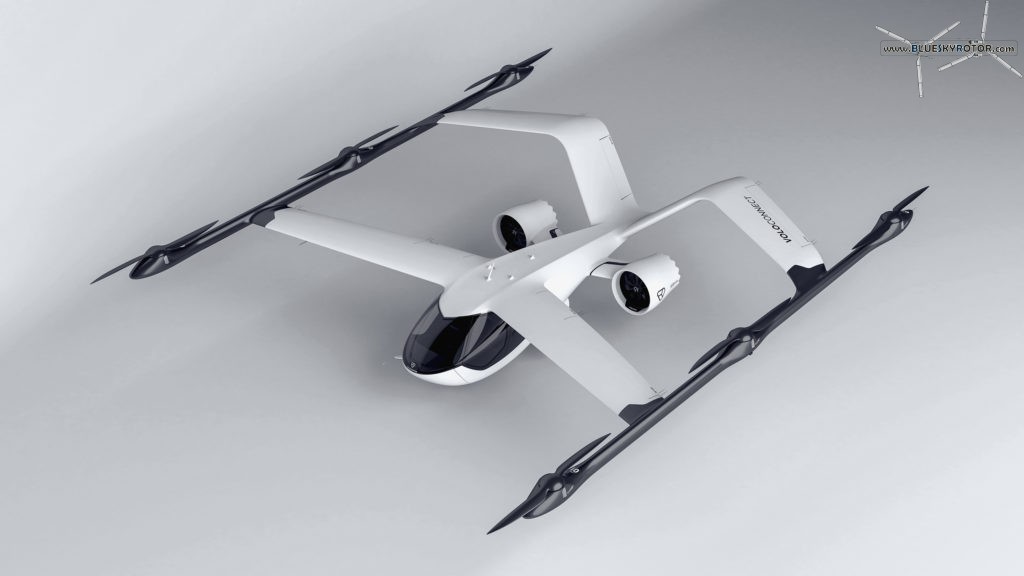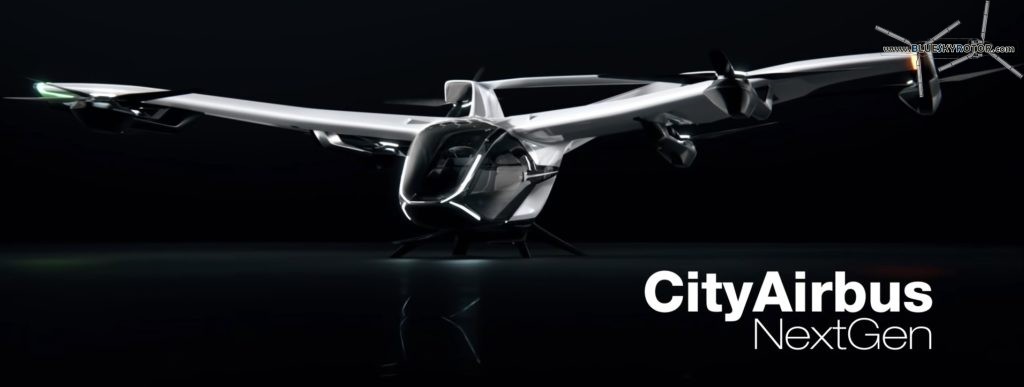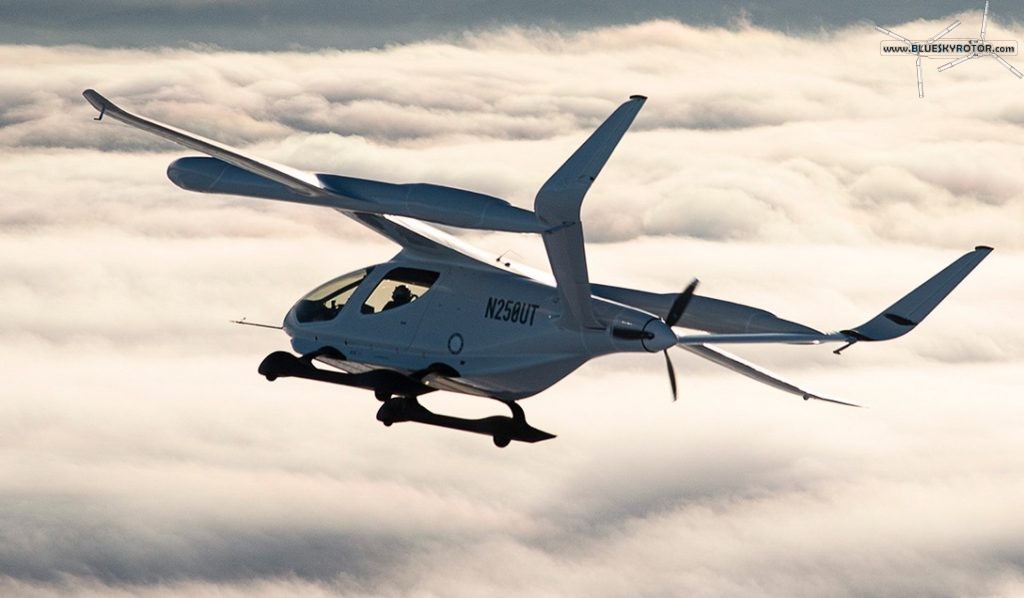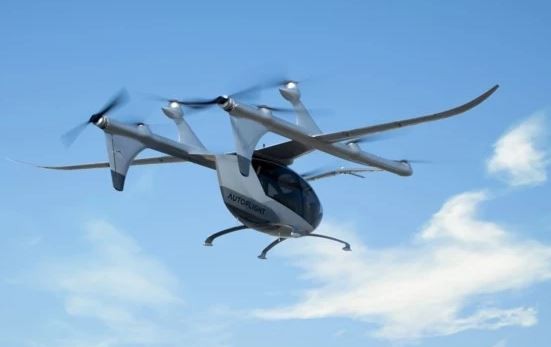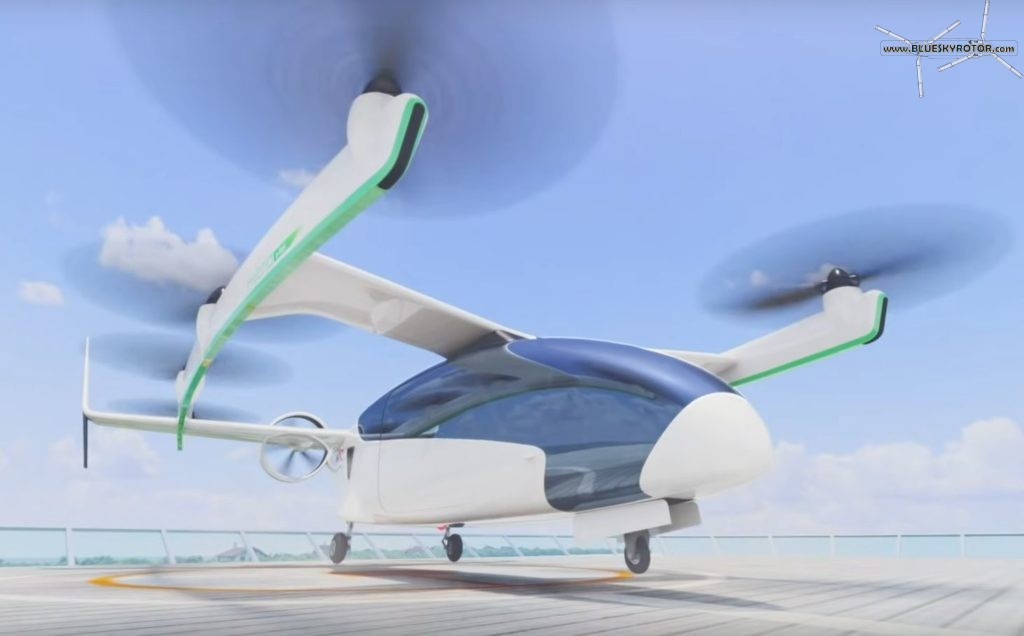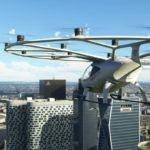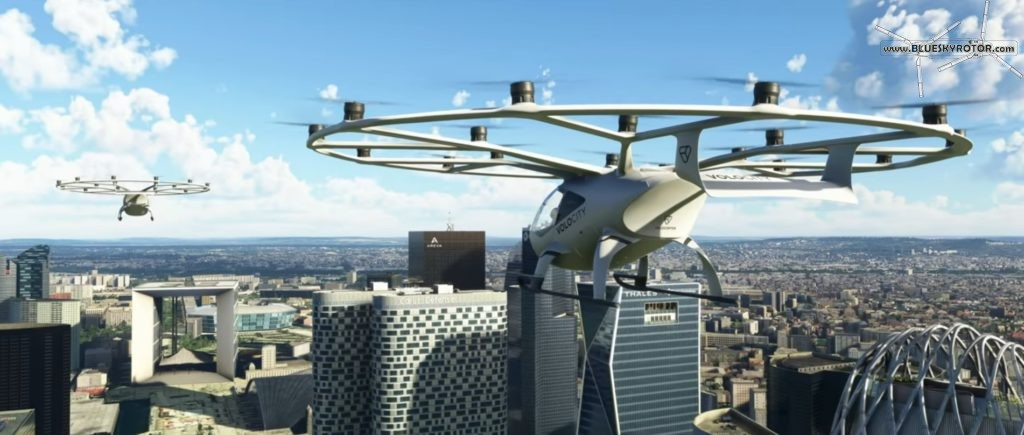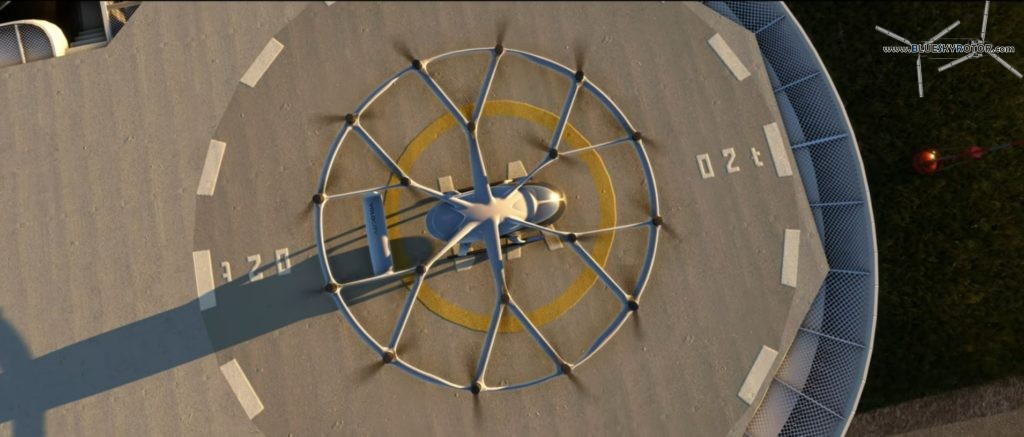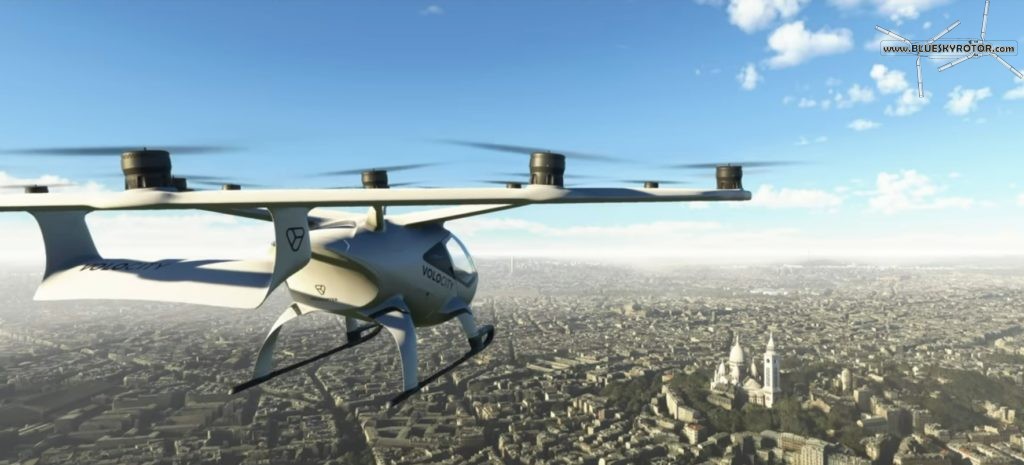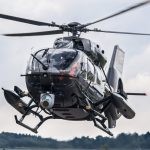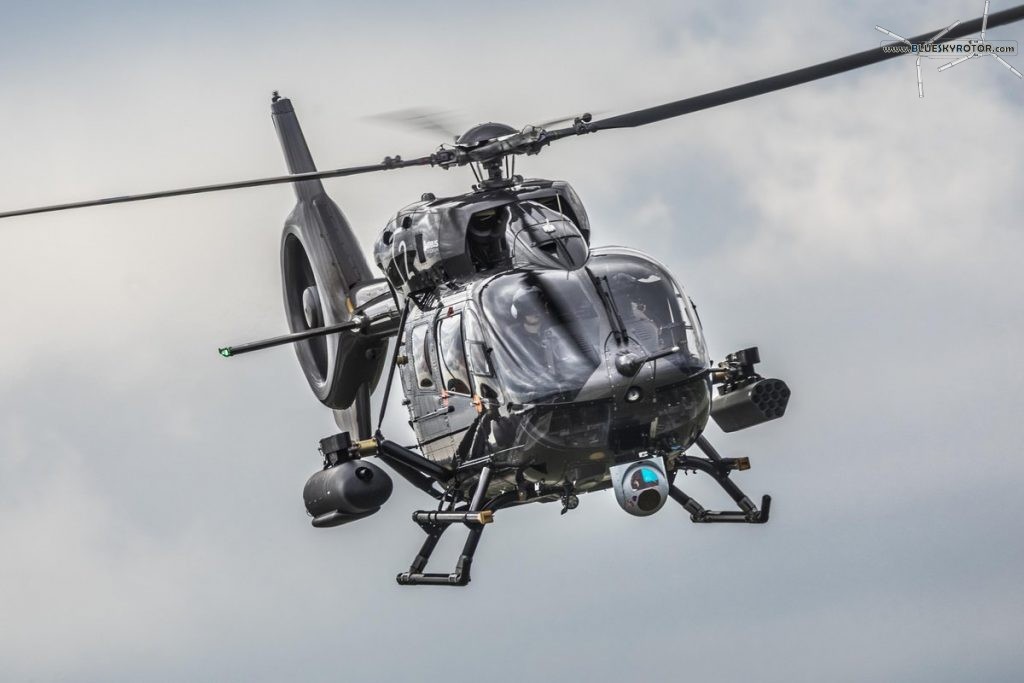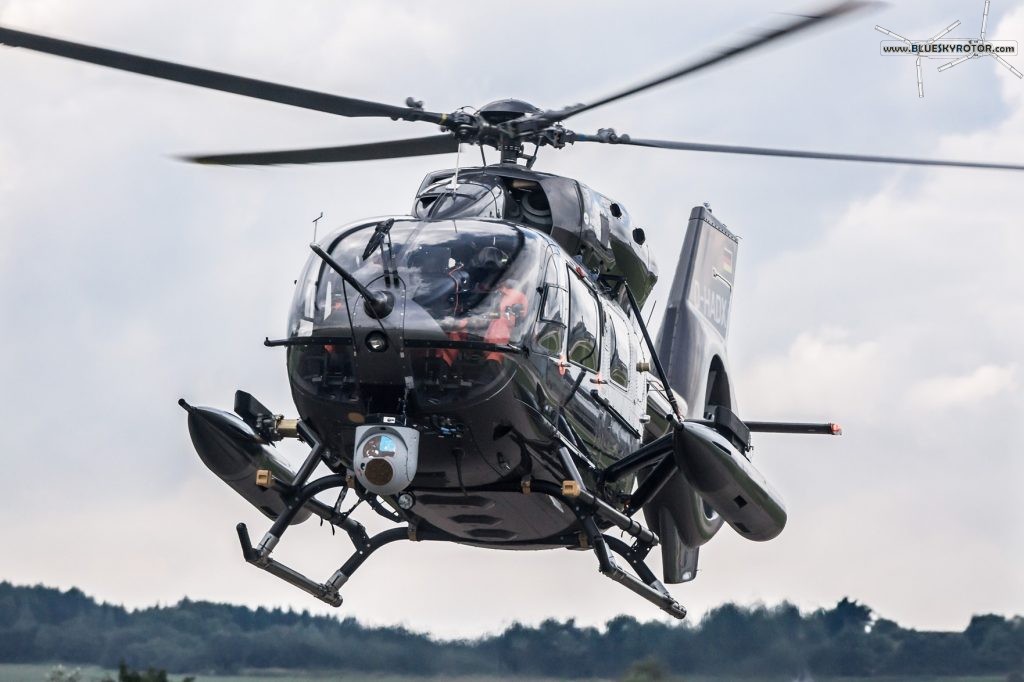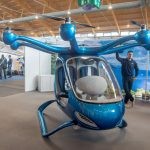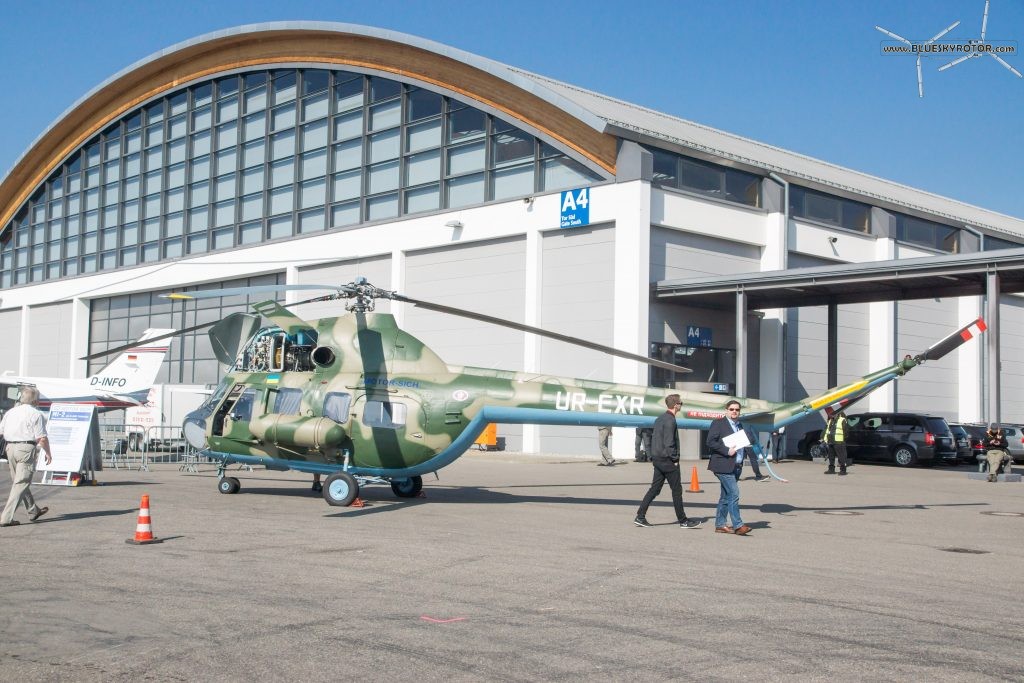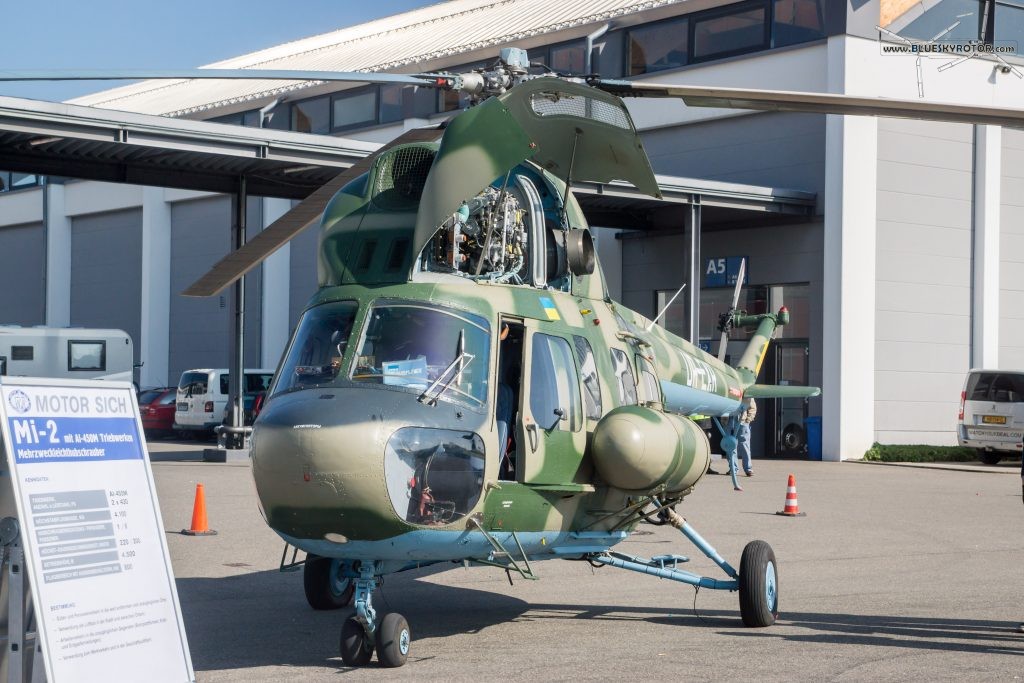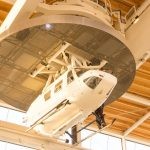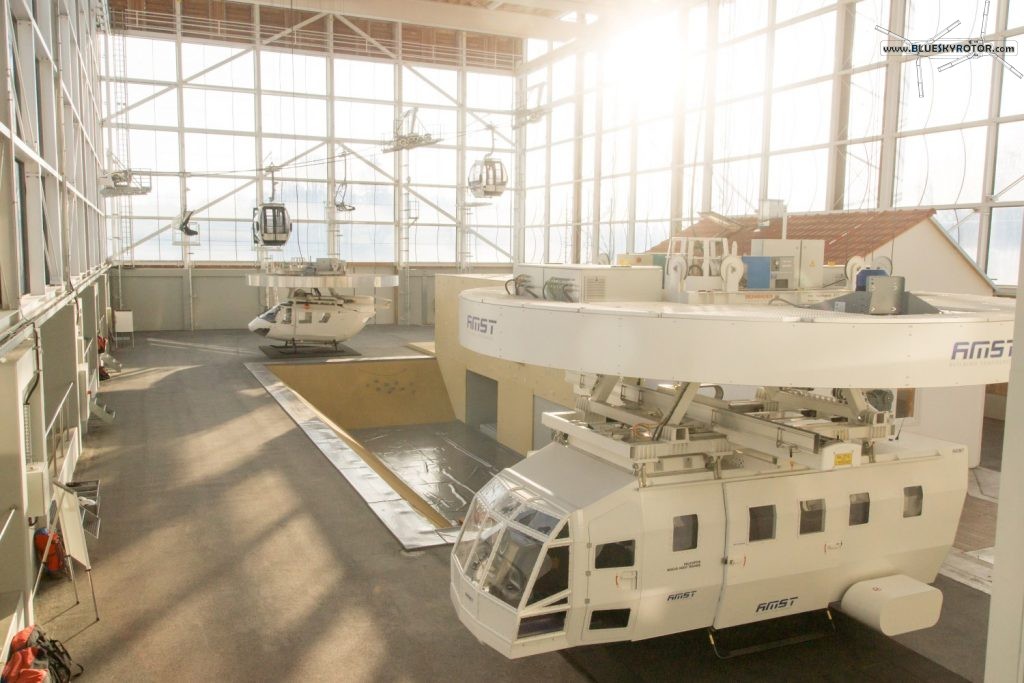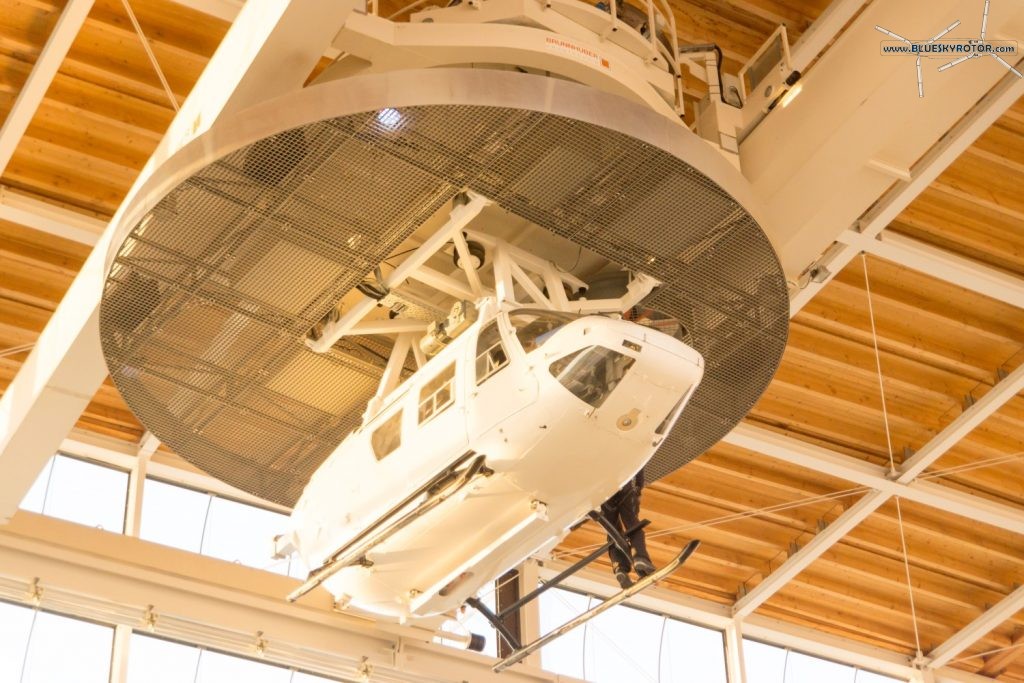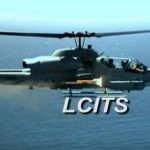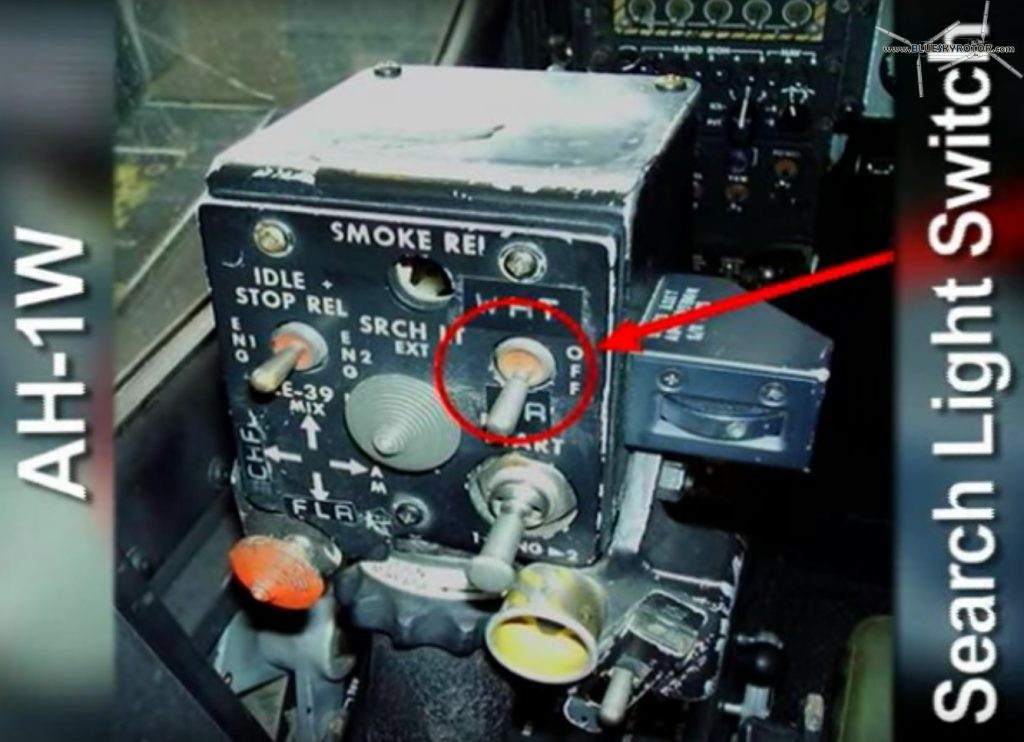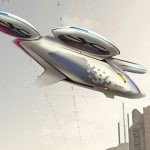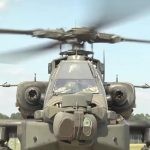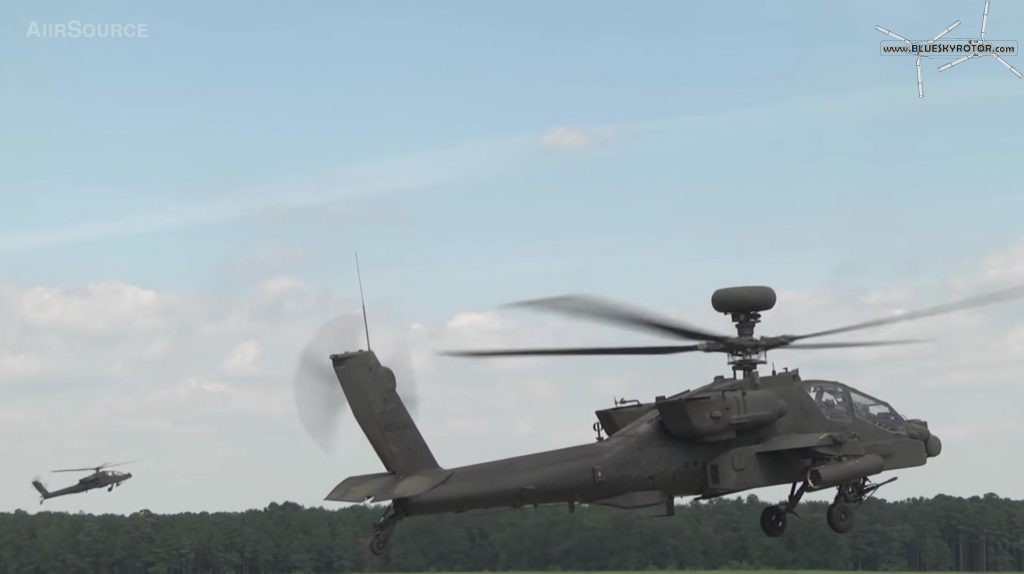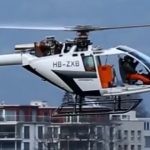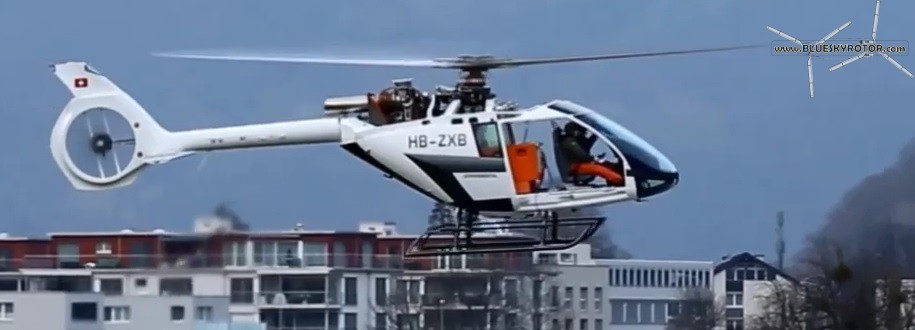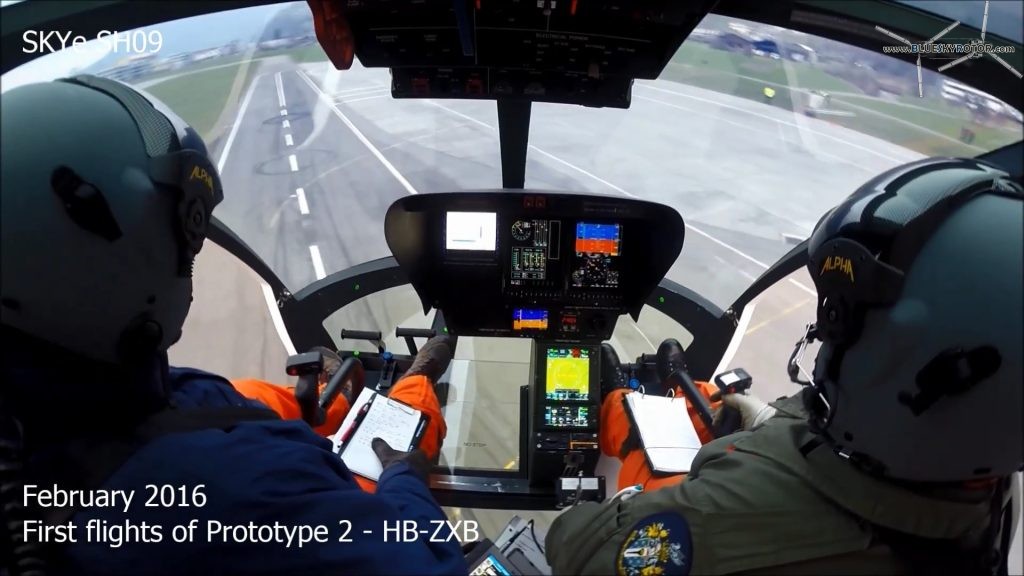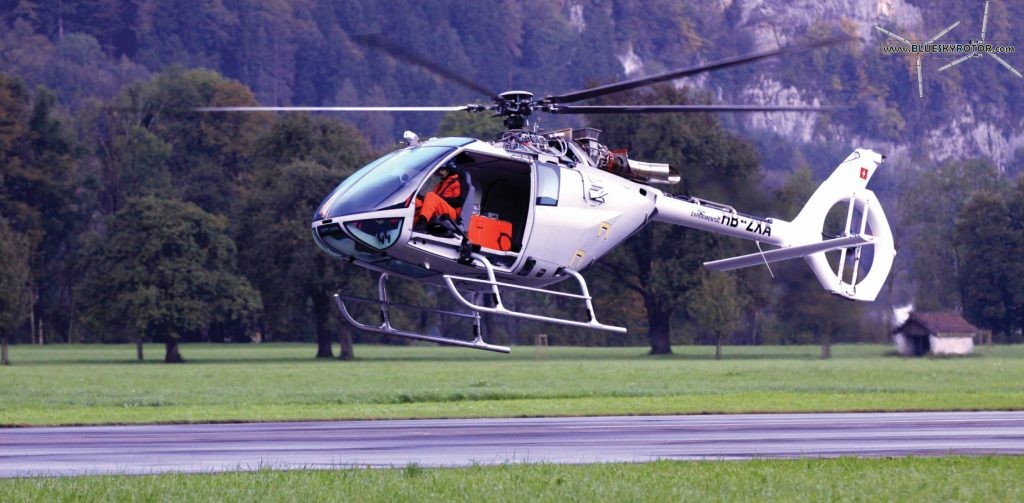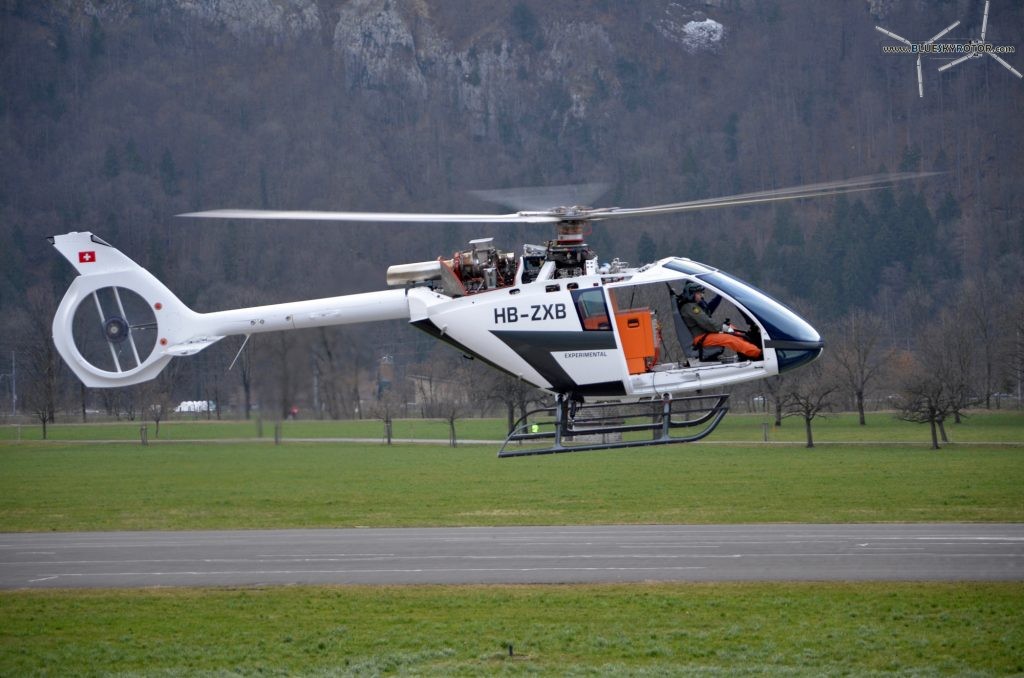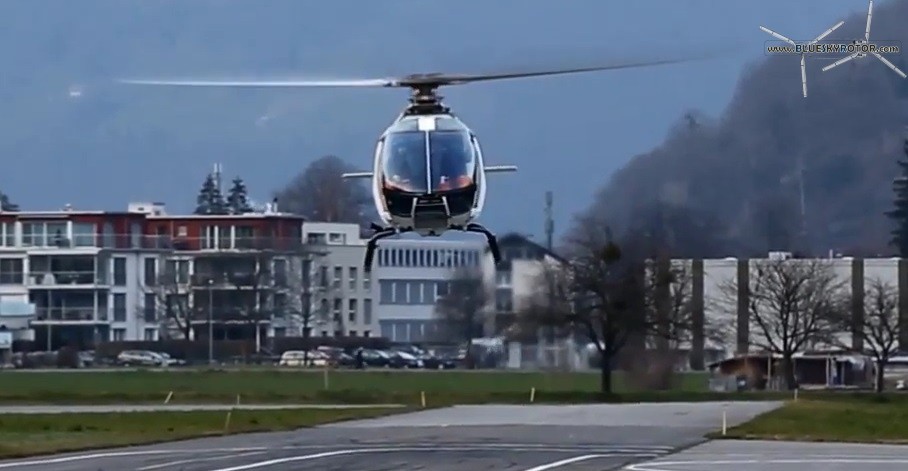Helicopters have always be designed and built for a mission. Bell Helicopters made it their motto (“One Bell. On a Mission”). The reason is obvious: their cost to buy and maintain have always limited purchases for recreational use. However, new designs such as the Ehang 184 or the Volocopter start changing the market into a more affordable pricing.
The most important change, though, might be one of the least noticed these days: Airbus Helicopters is being rebranded and will be called Airbus, just Airbus. Airbus Helicopters, formerly Eurocopter, is famous and acknowledged as the first civilian helicopter manufacturer in the world, designing and manufacturing reliable aircraft. Why, then, take the risk of losing the benefit of the history?
With the gigantic new market of autonomous drones, the technologies are becoming mature for new aircraft.
Airbus is taking the path of new airborne vehicles with rotary wings, and helicopters as we know them will only be a small part of it. It is all a matter of definition: while a helicopter has one main rotor and a tail rotor, or several main rotors, the use of push propellers or tilt rotors draws the designs closer to the limits of the definition. Furthermore, the use of fixed pitch propellers, in order to produce lift instead of propulsive thrust, confuses the difference between airplanes and helicopters.
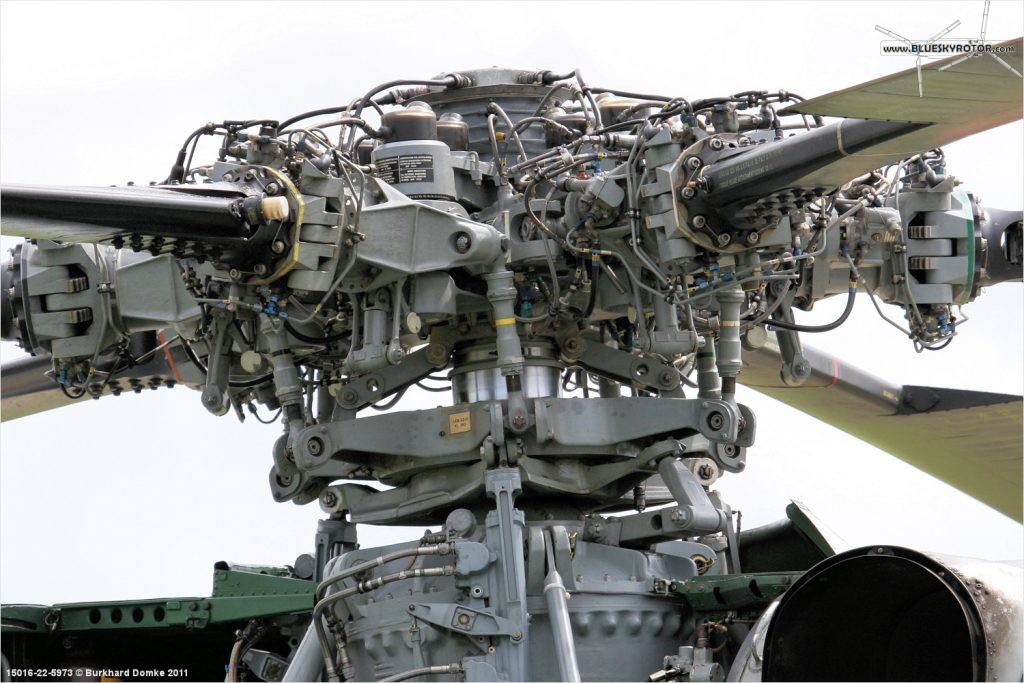
Super Frelon rotor head, variable pitch
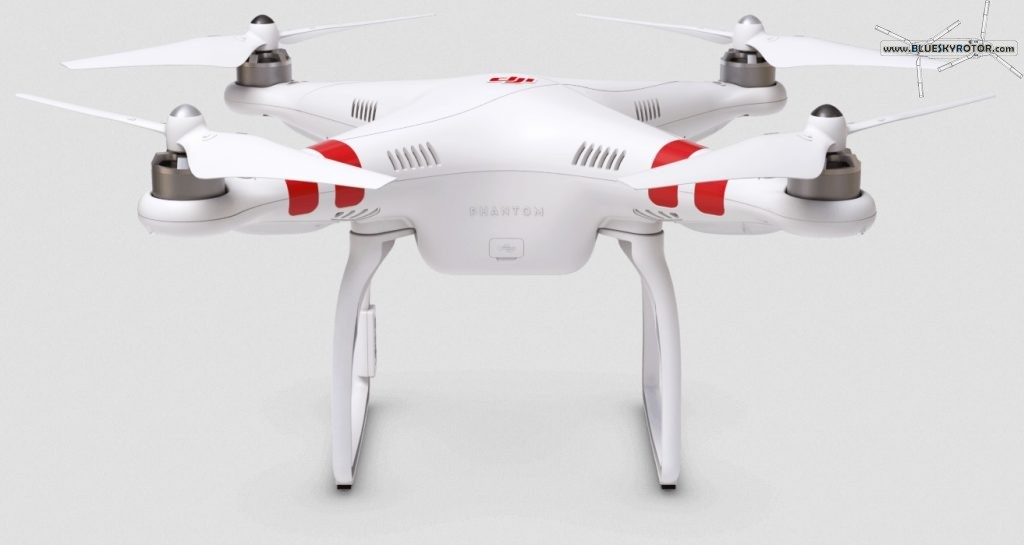
DJI Phantom 2, fixed pitch rotors. Is it an airplane without wings and flying upward?
The diversity of missions that can be fulfilled by aircraft is overwhelming. Many companies around the entire world come with new ideas and answer problems that are not even existing yet: E-Volo, Zee.Aero, Joby Aviation, Ehang, Airbus Vahana, City Airbus…
All these new design will make the word “helicopter” obsolete. While the current “Sikorsky” configuration (main rotor and a tail rotor) will still be the best design for many missions, alternative solutions will emerge. Separable fuselage to load the cargo, modular engine pods, optionally piloted vehicles, variable number of engines, all these designs will only be limited by the imagination of engineers, for a safer, cleaner, and efficient future.
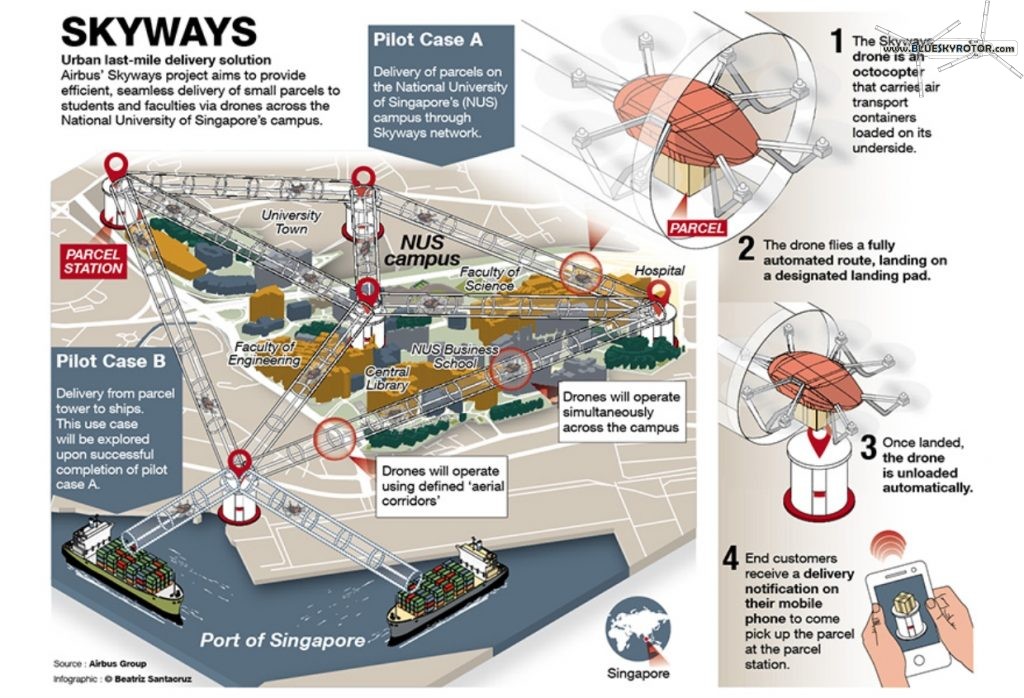
Urban mobility seen by Airbus (C) Airbus
